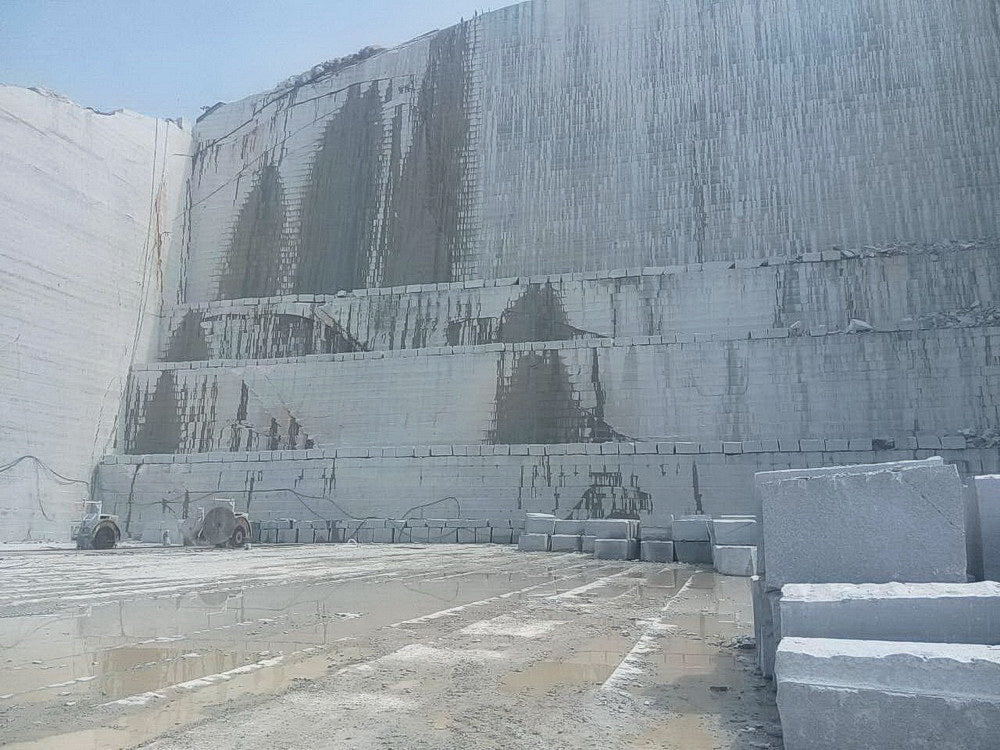Unveiling Granite Quarries in South Africa Legacy: A Trip With Quarries
Unveiling Granite Quarries in South Africa Legacy: A Trip With Quarries
Blog Article
Discovering the Rich Background and Lasting Practices of Granite Quarrying
As we depend on the precipice of discovering the elaborate tapestry of granite quarrying, a trip with time exposes not simply the physical act of removing rock however additionally the cultural and historic relevance woven into the extremely fabric of this method. From the old origins that laid the structure for modern quarrying methods to the lasting practices that are shaping the future of this sector, each chisel mark on granite surfaces tells a tale waiting to be unearthed (granite quarries in south africa). The tradition of granite quarrying extends much beyond simple removal; it is a testimony to human ingenuity, durability, and the long-lasting attraction of this marvelous rock
Ancient Origins of Granite Quarrying
Dating back to old human beings, the practice of quarrying granite has been an indispensable part of human history and architectural improvement. The earliest proof of granite quarrying days back to old Egypt, where huge pyramids and elaborate sculptures were crafted from this durable stone. The Egyptians utilized primitive devices to draw out granite blocks from quarries, showcasing the importance of this material in their monumental building and constructions.
Moving on in history, the Greeks likewise made substantial payments to the quarrying of granite. The Greeks used granite in various building marvels, such as temples and statues, showing their ability in shaping and sculpting this sturdy stone. The Romans additionally fine-tuned the methods of quarrying granite, utilizing sophisticated tools like chisels and hammers to extract and form granite for their legendary frameworks.
With the centuries, the method of quarrying granite has developed, with modern innovations boosting effectiveness while preserving the timeless appeal of this all-natural rock - granite quarries in south africa. From ancient worlds to contemporary builders, the heritage of granite quarrying remains to shape our world
Advancement of Quarrying Methods
The development of quarrying techniques has actually been noted by a continuous development in the direction of greater performance and accuracy in extracting granite. From the primary approaches utilized by our ancestors to the advanced innovations utilized in contemporary quarrying operations, the sector has undertaken substantial developments. Early quarrying strategies included manual work with standard tools such as blades, hammers, and wedges to draw out granite blocks from the earth. As civilizations advanced, techniques like fire-setting and primitive dynamites were introduced to assist in the removal process.
In even more recent times, the introduction of equipment revolutionized the quarrying market, making it possible for faster extraction prices and raised productivity. Technologies such as diamond cable saws, high-pressure water jets, and pneumatically-driven drills have actually become common in modern-day quarries, allowing for accurate cutting and decreased waste. In addition, advancements in computer-controlled equipment and 3D modeling have enhanced quarrying operations, causing marginal ecological influence and improved sustainability practices. As the demand for granite remains to rise, the evolution of quarrying strategies stays important to conference market needs efficiently and sustainably.
Cultural Significance of Granite
Granite holds an extensive social importance across numerous worlds due to its long-lasting existence in architectural work of arts and admired monoliths. From the impressive pyramids of Egypt to the complex carvings of the Angkor Wat holy place in Cambodia, granite has been a product of option for expressing majesty and durability in social heritage. In old Rome, try this web-site granite columns adorned holy places and public buildings, representing strength and durability. The social relevance of granite extends past its physical characteristics; it personifies durability, security, and timelessness, making it an icon of withstanding heritages and customs.

Lasting Practices in Quarrying
Amidst the rich background of granite quarrying and its social significance lies an expanding focus on lasting techniques within the industry. As environmental understanding and concerns about resource exhaustion have actually increased around the world, the quarrying field has increasingly embraced lasting methods to decrease its effect on the setting and bordering areas.

Moreover, recovery and rehabilitation of quarry sites post-extraction are essential this article to lasting techniques. By recovering quarried areas to a natural or useful state, such as developing wild animals environments or recreational spaces, quarriers can offset the environmental footprint of their operations and contribute positively to the local community.
Tradition of Granite Quarrying
With a historic background soaked in craftsmanship and industrial development, what withstanding effect has granite quarrying left on the landscape of modern-day culture? The tradition of granite quarrying transcends simple extraction practices; it has shaped building wonders, city landscapes, and social heritage worldwide. The long lasting nature of granite has made it a favored choice for monuments, structures, and framework, standing as a testimony to the skill and artistry of quarry employees throughout generations.
In addition, the financial impact of granite quarrying can not be ignored. The market proceeds to provide employment possibility and drive regional economies in areas where granite removal prevails. It has actually likewise spurred technical innovations in quarrying methods and equipment, leading to extra effective and sustainable techniques.
In terms of sustainability, the tradition of granite quarrying includes efforts to minimize ecological influences with recovery jobs and liable resource administration. By stabilizing economic rate of interests with ecological stewardship, the industry aims to make certain that future generations can continue to benefit from this long-lasting all-natural resource.
Final Thought

Report this page